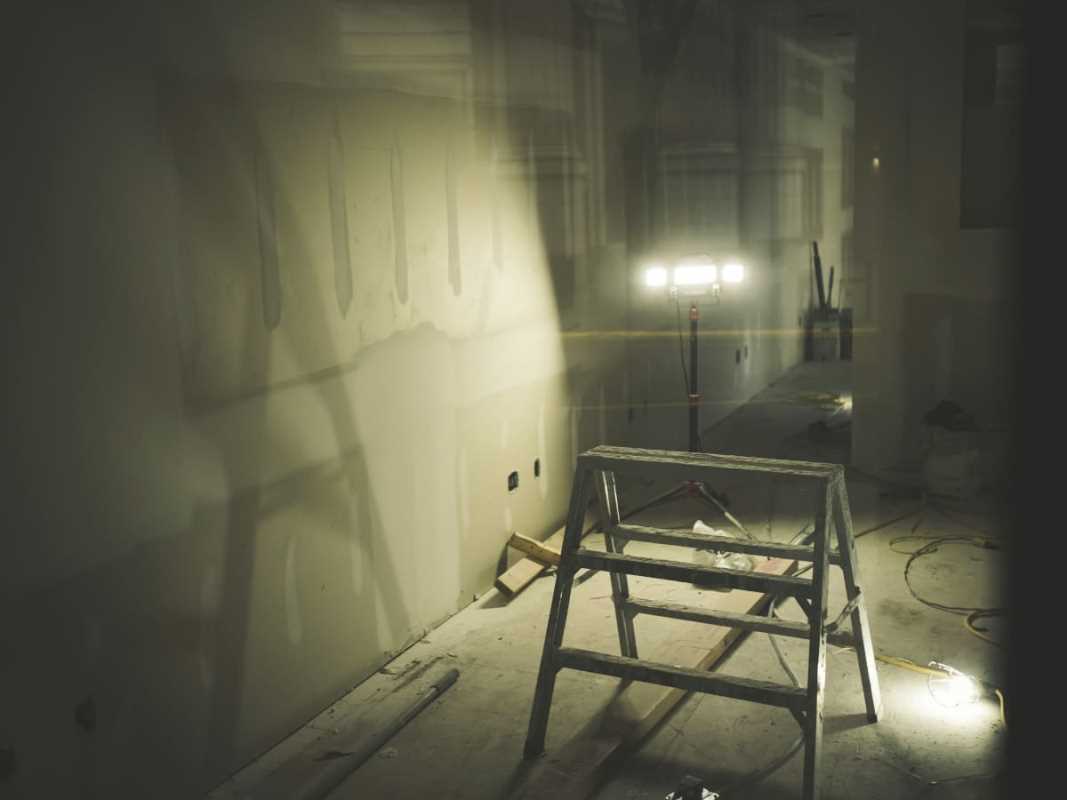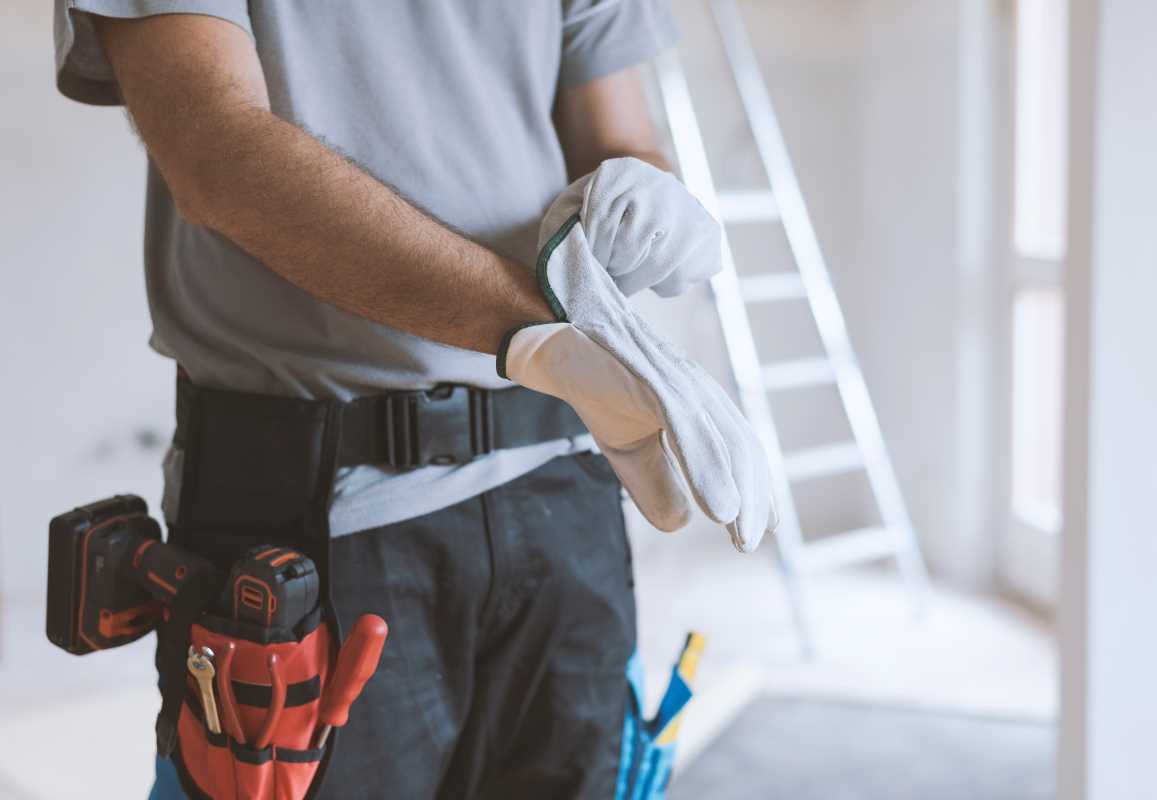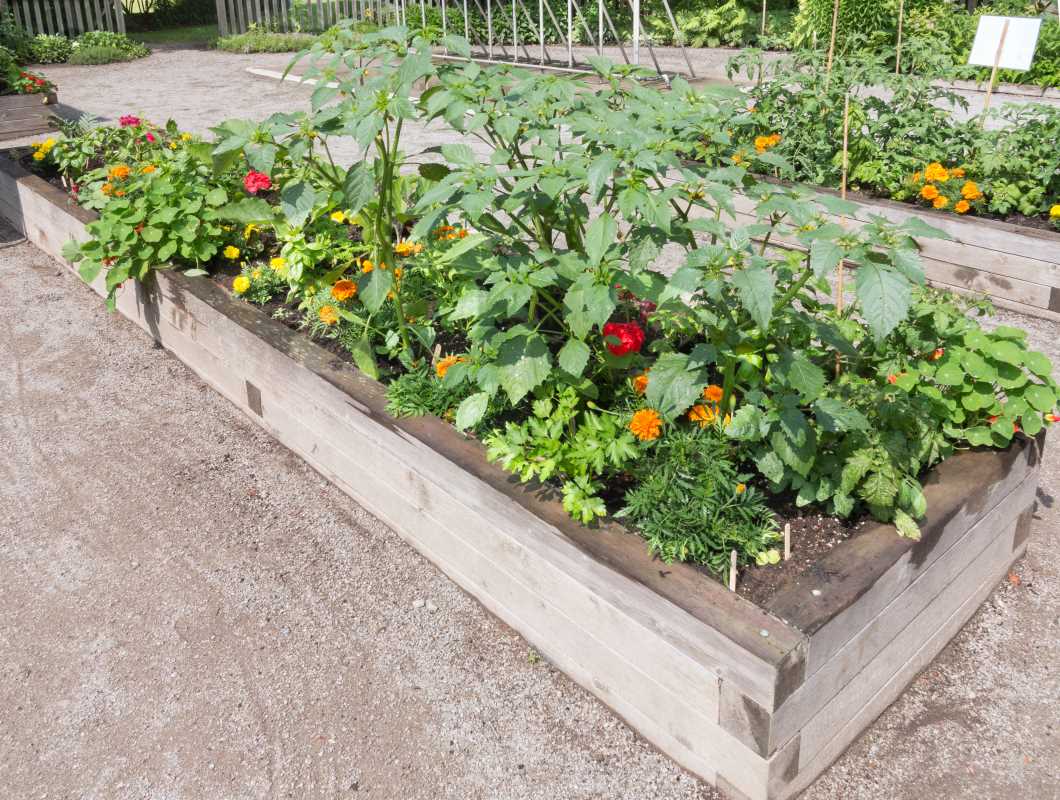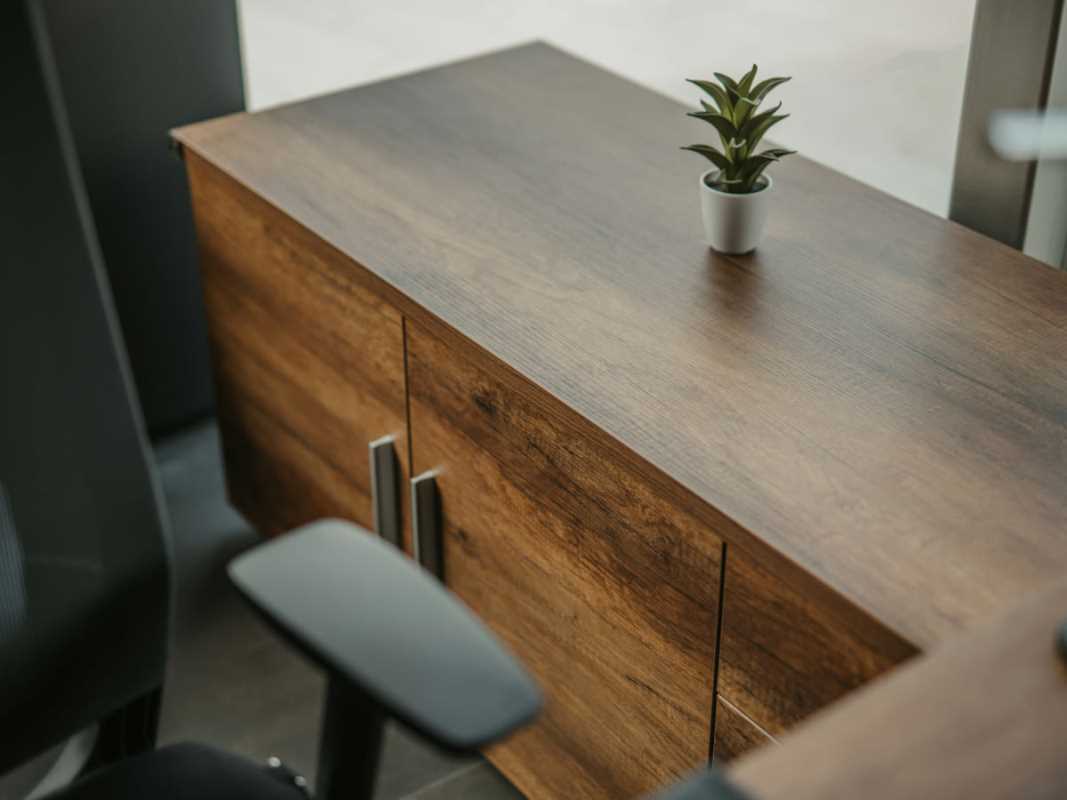Drywall is the unsung hero of your walls. It quietly takes the brunt of kids’ flying toys, accidental elbow bashes, and that time you thought moving furniture without a helper was a good idea. Unsurprisingly, this humble wall material sometimes needs a little TLC. Whether it’s patching holes or prepping for a fresh coat of paint, mastering the art of seamless drywall repair and painting is one of the most satisfying DIY skills you’ll learn. Here’s how to do it right, with tips that take your walls from “oops” to “new.”
Assessing the Damage Like a Pro
Before you roll up your sleeves, step back and take a good look at what you're dealing with. Drywall damage can range from tiny nail holes to large gaps or cracks. Identifying the severity of the issue will help you choose the right tools and techniques to fix it. A dent from bumping into the wall doesn’t require the same level of effort as a massive hole caused by a runaway doorknob (you know, the one missing a stopper).
For smaller issues like pinholes or hairline cracks, a bit of spackling paste will usually do the job. For medium-sized damage, you’ll likely need a drywall patch. And if you’re tackling major carnage, it’s time to bring out the big guns, like a fresh drywall sheet or mesh tape for reinforcement.
Assessing also means cleaning the area. Dust, grease, or loose bits around the damaged spot can interfere with repairs. Wipe it down with a damp cloth and gently remove anything that’s hanging on for dear life. Starting clean gives you a smooth foundation for a flawless repair.
Mastering the Art of Spackling
Spackling is one of those tasks that sounds simple but can get messy if you’re not careful. The goal is to fill small dents, holes, or cracks without ending up with a noticeable bump or uneven surface. Start by choosing the right filler for your job. Lightweight spackle is ideal for tiny holes, while joint compound is better suited for larger patches.
Begin by applying a small amount of spackle to your putty knife and press it into the damaged area with a smooth, scraping motion. Don’t go overboard on your first attempt. Less is more, and you can always layer it if necessary. Once the filler is in place, scrape off any excess with the clean edge of your putty knife to create as flat a surface as possible.
You’ll need to wait for it to dry, which could take anywhere from 30 minutes to a few hours, depending on the product. Patience is key here. Once it’s dry, sand it down gently with fine-grit sandpaper until it blends seamlessly with the surface of the wall. Rinse and repeat for perfection.
Patching Like a Perfectionist
Larger-than-life holes require a bit more finesse. That’s where patches come in. Whether you’re using a prefab patch or creating your own with scrap drywall, the key to a flawless repair lies in preparation. Cut your patch slightly larger than the hole so it overlaps onto undamaged sections of the wall.
Start by applying mesh tape around the edges of the hole to reinforce the patch and hold everything in place. Next, spread joint compound over the tape and patch, feathering out the edges to ensure it blends with the surrounding area. It’s a bit like icing a cake, but the stakes are slightly higher.
The first coat of compound will likely sink as it dries, so don’t panic if it looks less than smooth. Add a second coat, feathering the edges even further, then sand it down when dry. By this point, it should look so flawless that even you might forget there was a hole there in the first place.
Learning the Finer Details of Sanding
Ah, sanding. It’s dusty, it’s tedious, and yet it’s utterly essential to achieving a seamless finish. Once your repairs are dry, this step ensures your patched areas blend evenly with the rest of the wall, leaving no trace of the work you’ve done. But there’s a right way and a wrong way to sand, and you’ll want to aim for the former.
Use fine-grit sandpaper for best results. Coarse sandpaper might speed things up, but it can leave scratches that show under paint. When sanding, use light circular motions and apply minimal pressure. The goal is to smooth out the joint compound or spackle rather than create new grooves or dips.
Vacuum up the dust and wipe down the walls with a damp cloth before continuing. If you leave any residue behind, you could run into issues with paint adhesion later. Pro tip? Cover nearby furniture and floors, because sanding dust likes to settle in places you wouldn’t expect.
Painting for That Polished Finish
Here’s the thing about painting over repairs: it’s all about the prep work. If you’ve patched and sanded correctly, the hard part is done. But before you start slapping paint on the wall, take a moment to prime the repaired areas. Primer not only helps paint adhere better but also ensures that the patched spots don’t look glaringly different from the rest of the wall.
Once the primer is dry, it’s time for the main event. Use a high-quality paint that matches the existing color. If you don’t know the shade, take a chip to the hardware store for a color match. Start with a brush to paint over small repair spots, then switch to a roller for a consistent finish on larger areas.
Here are a few painting-friendly pro tips:
- Use painter’s tape to get clean edges around molding or adjacent walls.
- Work in thin coats rather than thick ones for a smoother application.
- Always start rolling from the center of the wall outward to blend repairs with the original paint.
- Allow layers to dry completely before applying another coat.
- Keep a damp rag handy to clean up drips or unexpected splatters.
Step back once everything is dry. If you can’t spot where the repairs were made, you’ve nailed it.







